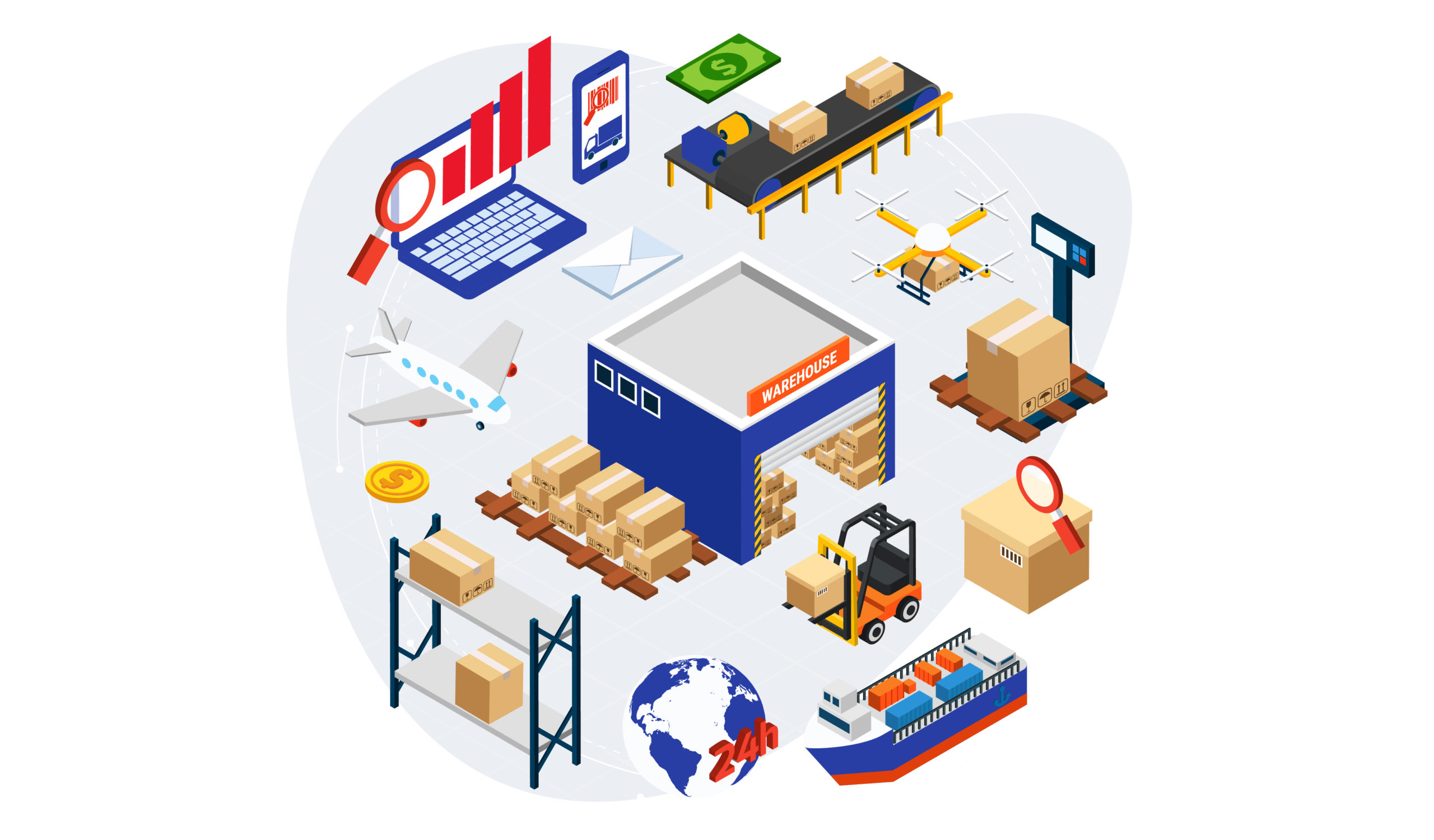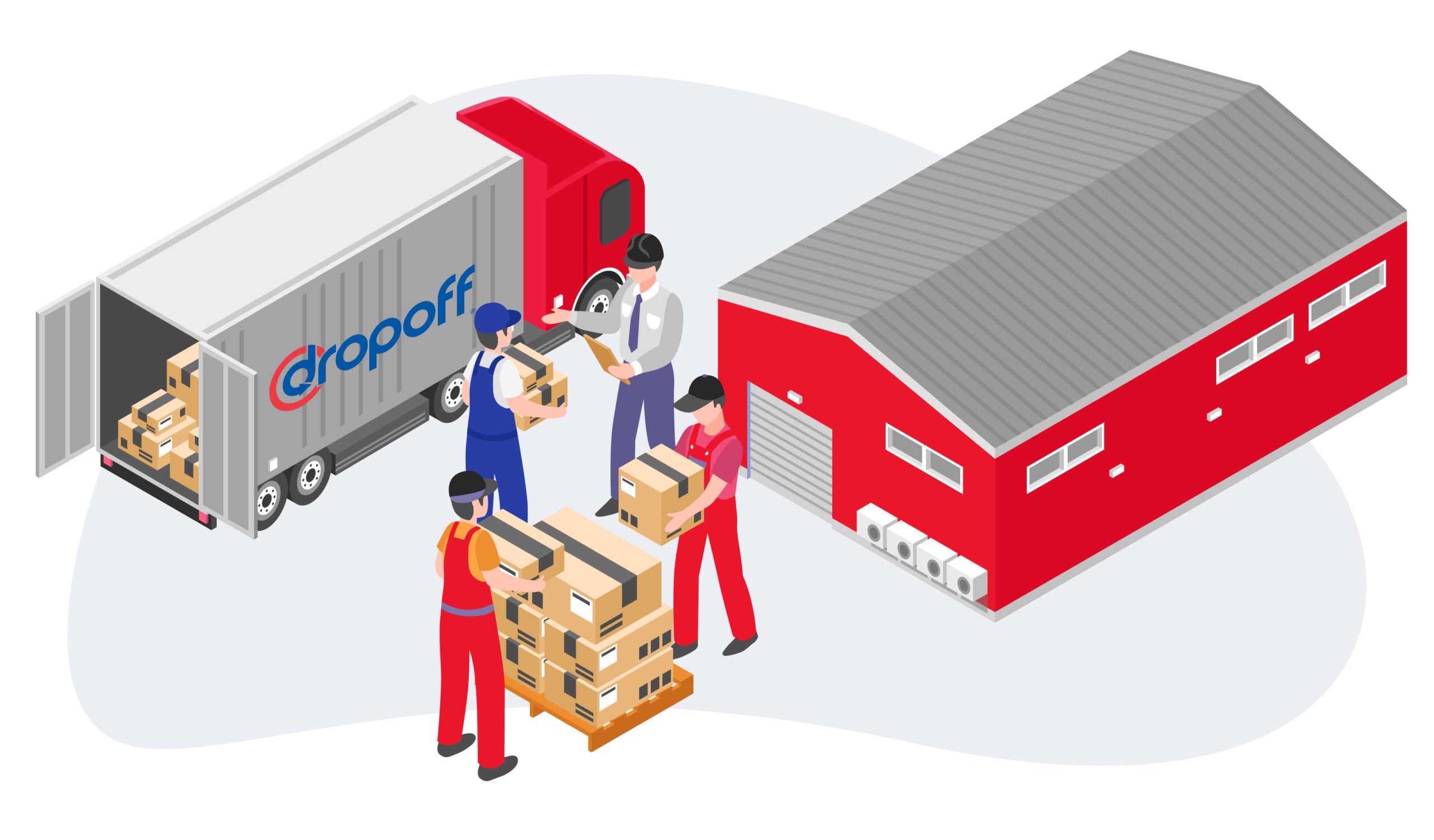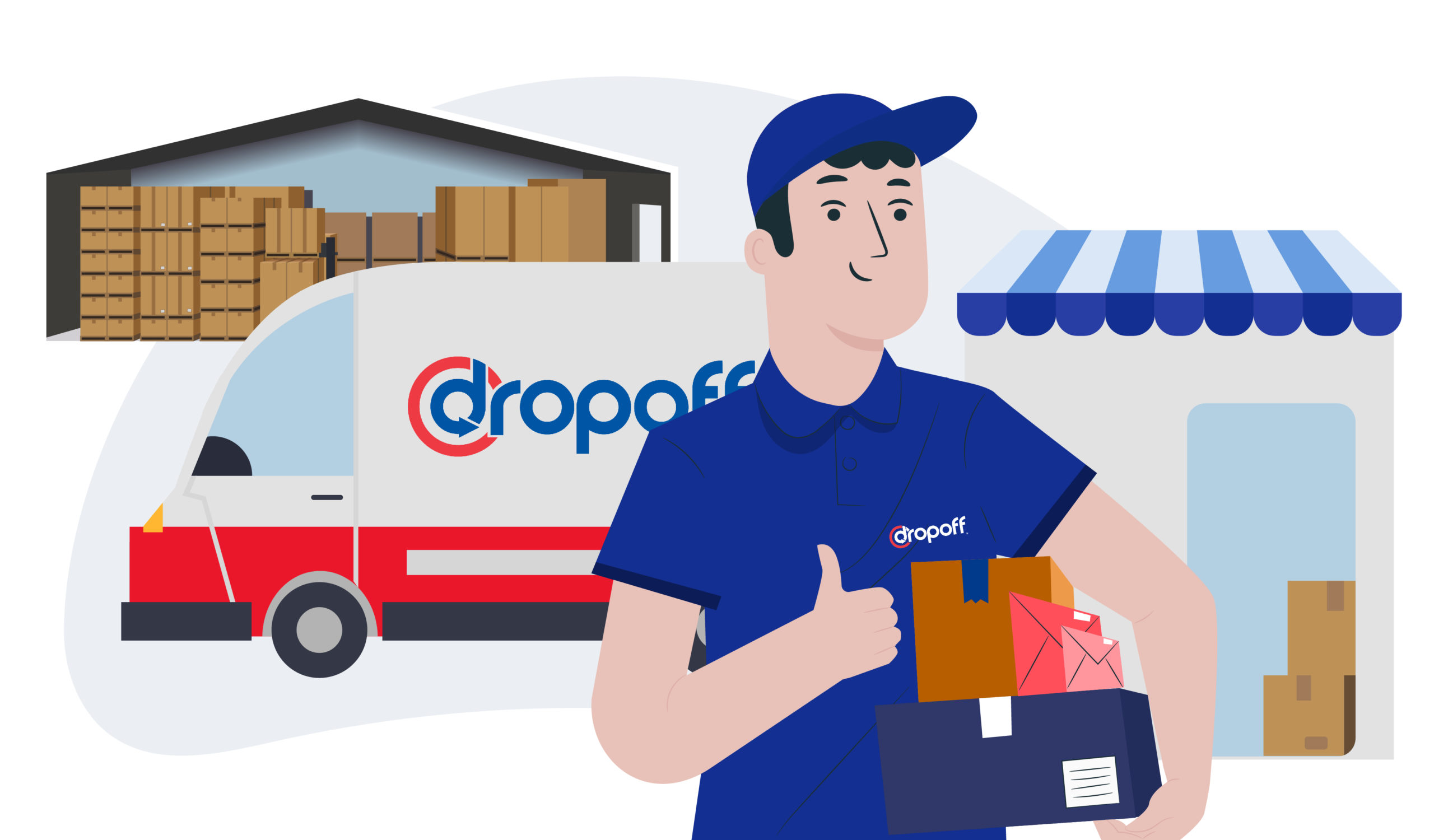The Ultimate Guide to First-Mile Tracking in 2023
In the world of eCommerce, first-mile tracking is becoming increasingly important. As customers demand faster delivery times, it is more important than ever to be able to track your packages from the moment they leave your warehouse until they arrive at the customer’s doorstep.
This guide will discuss all you need to know about first-mile tracking in 2023. We will cover everything from the history of first-mile tracking to the latest technological advances that make it possible. By the end of this guide, you will be an expert on first-mile tracking!
What Is First-Mile Delivery?
First-mile delivery is when you transport goods from the merchant’s place or warehouse to the next stop. This is where the goods head to other sites.
For example, for retailers, first-mile shipping means shipping goods from local distribution centers to stores. For manufacturers, it means transporting finished goods from a plant or a factory to a distribution center.
To learn more about the most common eCommerce logistics, check out our guide on the top things you need to know about logistics in the retail business.
What Is First-Mile Tracking?
First-mile tracking is the process of tracing goods along the first leg of the supply chain. This means managing multiple locations for loading and unloading deliveries, scheduling different drivers, and integrating several order ID numbers.
Sometimes goods are brought to a warehouse and then delivered to the customer. Other times, the customer asks for same-day delivery, and the goods are delivered directly to them.
The Difference Between First-Mile and Last-Mile Tracking
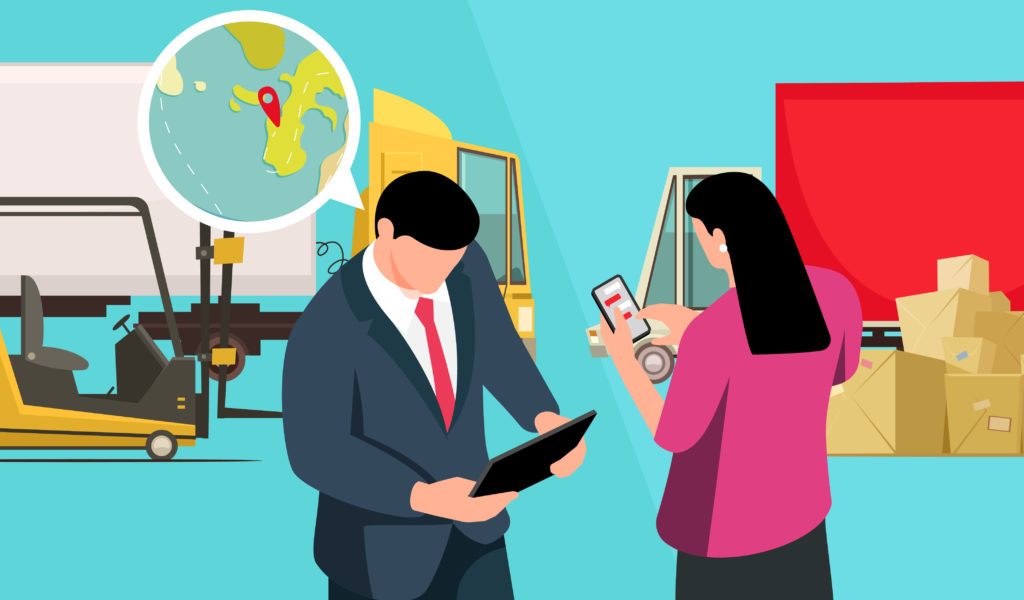
Today’s customers expect to be able to see where their package is at all times. This includes tracking it from the moment they order it until they receive it.
According to a recent report by Quince Market Insights, the global first and last-mile delivery market is predicted to grow at a rate of 13.8 percent from 2021 to 2030.
The last mile of the delivery process is called “last-mile delivery.” This is when goods are transferred from a transportation hub, depot, or store room to the customer’s doorstep. It’s the most critical part of the delivery process because it interacts with customers directly.
First-Mile Delivery Tracking
First-mile tracking is the process of tracking the status and location of orders from when they are received by the retailer or manufacturer to when they are delivered to a customer. Logistics providers transfer products from a retailer’s distribution center to the provider’s warehouse. This happens before the products are delivered to the final customer.
This is how first-mile delivery tracking works: when an order is ready to ship, the item begins tracking, and vehicles pick it up. The order heads to the warehouse, where it is ready for shipping.
A lot of the tracking work is manual in the first mile of the delivery process. This includes making phone calls and packing everything correctly. Physical documentation and signatures are also necessary.
Last-Mile Delivery Tracking
Last-mile delivery tracking is the technology businesses use to understand their supply chain and the delivery process for the last leg of a shipment’s journey. It is the system that lets customers know where their order is. This way, customers can see where their package is in real-time.
While we’re on the topic of distinguishing between first-mile and last-mile delivery tracking, here’s a guide on the difference between shipping and delivery.
Challenges in First-Mile Tracking

1. Lack of Visibility in Delivery Status
One of the main challenges in first-mile delivery tracking is the lack of visibility into the status of deliveries. This is because first-mile carriers often do not provide tracking information to shippers until after the delivery is complete.
As a result, shippers often have to rely on manual processes, such as callbacks and email updates, to get information about the status of their deliveries. This can create a significant burden on shipping operations, as well as lead to delays and missed deadlines.
2. Unintegrated Software
First-mile delivery tracking requires a high level of coordination between the sender, the carrier, and the recipient. Each party must be using the same software and systems for tracking to be effective.
3. Lack of Standardization Among Carriers
Another challenge in first-mile delivery tracking is the lack of standardization among carriers. Each carrier uses different methods and systems for tracking deliveries, making it difficult to compare data and identify trends.
4. Poor Data Quality
Finally, first-mile delivery tracking often hampers poor data quality. This is because data is usually collected manually, using paper forms or Excel spreadsheets. As a result, ensuring that information is accurate and up-to-date can be challenging.
5. Natural Disruptions
Weather conditions, traffic delays, and even human error often disrupt the first-mile tracking system.
How to Optimize First-Mile Tracking for B2B
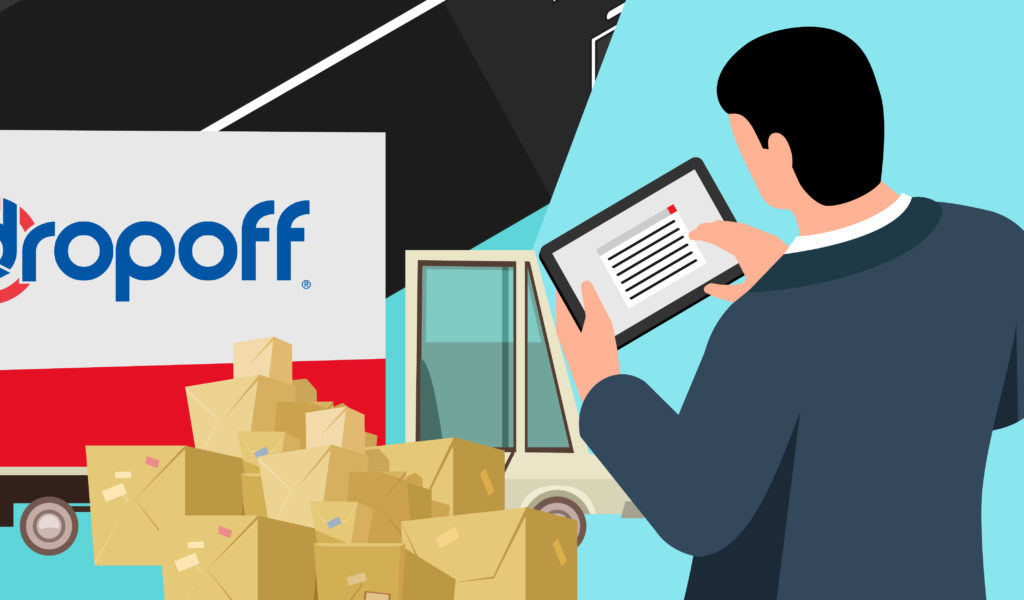
Any business that wants to succeed in the B2B space must establish an exemplary first-mile tracking process. This process is essential because it helps companies keep track of their products and ensure they are right on schedule.
As you optimize your first-mile tracking system, don’t forget to optimize your overall logistics processes.
1. Choose the Right Software
Businesses need to choose the right software. There are many different tracking software programs on the market, so it is essential to choose one that will meet the business’s specific needs.
2. Identify the Touchpoints
Identifying all of the touchpoints where your product or service comes into contact with the customer is essential. This could include anything from manufacturing and shipping to customer service and support.
Once you’ve identified all of the touchpoints, you’ll need to put together a plan for tracking each one. This plan should include qualitative and quantitative data points and a system for monitoring results over time.
3. Establish Clear Communication Protocols
Businesses need to establish clear communication protocols. Everyone in the tracking process needs to be on the same page regarding what information is on the tracking system.
4. Set Transparent Goals
First-mile tracking can be complex, so it is essential to set realistic expectations for what the process can achieve.
Overall, logistics in the B2B space come with plenty of challenges. Therefore, knowing how to manage B2B logistics is crucial.
Practical Tools for Efficient First Mile Tracking in 2023

There are many processes that you can automate today. Automating the tracking, communication, notification, and care procedures can help speed up transitions. Additionally, you can automate the loading and staging processes to make things move more quickly.
This will help providers deliver more with the same resources or free up space to take on more customers – when there is a shortage of delivery capacity.
Many technologies that optimize last-mile delivery – such as dispatch and routing software, automated customer notifications, and real-time tracking – can boost efficiency around the first mile in logistics. This can make your business a more attractive option for potential shippers.
1. Smart Routing and Dispatch
This tool can help a logistics provider save time and money by reducing the time spent in the warehouse. This will allow the provider to offer premium service plans to their customers.
This is one of the top logistics KPIs being used by 3PL providers when tracking same-day delivery.
2. Mobile Inventory Visibility
This tool helps you be flexible and have convenience. The sooner you know what is on the truck, the sooner you can optimize the routes and plan when the car should leave.
3. Real-Time Tracking
Retailers want to be able to track their shipments at all times. They are cautious regarding expensive or fragile items or white glove deliveries. This is because they don’t want to lose track of the items or damage them.
Most transportation providers do not provide the same level of customer service to merchants as they do to consignees.
How Dropoff Can Help
While establishing a process for first-mile tracking can be difficult, it is essential to remember that the benefits of doing so are worth the effort. By working with a company like Dropoff, businesses can enjoy all the advantages of having visibility into their products’ statuses along the entire supply chain.
If you’re looking for a way to improve your business’ delivery times and customer satisfaction, talk to a Dropoff expert today about implementing a first-mile tracking solution.
FAQs on First-Mile Tracking
In e-commerce, first mile logistics is getting an item from the retailer to the courier. This includes getting the product from the retailer’s warehouse to the courier.
This is moving products from a manufacturer or retailer’s warehouse to a holding center. From there, a carrier, shipping company, or logistics partner picks up the products. It takes it to the next stop on its way to the destination. The order is picked, packed, validated, and transported in first-mile delivery.
First-mile delivery tracking is tracing the transportation of goods along the first leg of the supply chain. This means managing multiple locations for loading and unloading deliveries, scheduling different drivers, and integrating several order ID numbers.
First-mile shipping tracking is tracking goods from the point of origin to the first distribution center. In contrast, last-mile tracking tracks interests from the last distribution center to the final destination.
First-mile delivery is generally handled by larger logistics companies. In contrast, last-mile delivery is typically held by smaller, local delivery companies. Because first-mile and last-mile delivery involve different stages of the transportation process, they often have other pricing structures.
In addition, consider partnering with a third-party logistics company that does last-mile delivery best.

